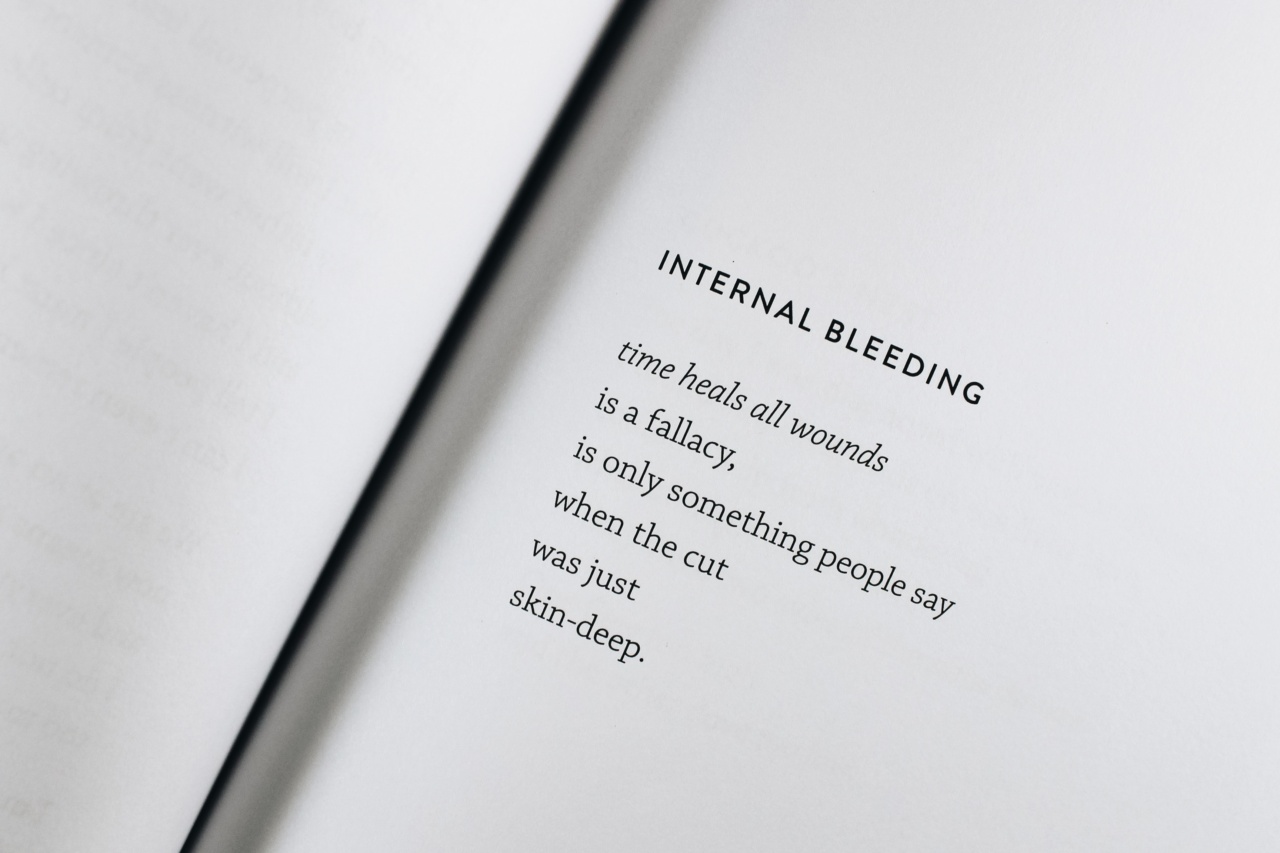Childhood experiences shape our lives, and those that were negative can leave lasting scars that affect us well into adulthood. The wounds of childhood come in different forms and affect people in different ways.
Some people may struggle with depression, anxiety, and low self-esteem. Others may struggle with chronic health issues, addictions, or relationship problems. Whatever the form, childhood wounds can be healed.
Healing is a process that involves recognizing the ways in which our childhood experiences have affected us and taking steps to address them.
Recognizing the Wounds of Childhood
The first step in healing the wounds of childhood is recognizing that they exist. Many people are not even aware that their childhood experiences have affected them in any way.
They may feel that their current problems are due to something outside of themselves, such as bad luck or circumstances beyond their control. However, many of our negative patterns of thinking and behavior are deeply ingrained from early life experiences. These experiences may include:.
- Physical, emotional, or sexual abuse
- Neglect or abandonment
- Witnessing violence or trauma
- Living in a chaotic or unstable environment
- Experiencing poverty or discrimination
These experiences can affect a person’s self-esteem, sense of safety, and ability to form healthy relationships. They can also lead to mental health problems such as depression, anxiety, and post-traumatic stress disorder (PTSD).
Healing the Wounds of Childhood
Healing from childhood wounds is a process that involves several steps:.
1. Acknowledge the reality of the childhood wounds
The first step in healing is to acknowledge the reality of the experiences that led to the wounds. This can be difficult, especially if the experiences were traumatic or buried deep in the past.
However, denying or minimizing the impact of childhood wounds only serves to prolong the pain and prevent healing.
2. Identify the ways in which the childhood wounds have affected your life
Identifying the ways in which the childhood wounds have affected your life can be challenging. It is not always easy to see the connection between past experiences and present problems.
However, taking an honest look at your patterns of thinking and behavior can help you to identify the ways in which childhood wounds have affected your life.
3. Seek support
Healing from childhood wounds is not something that can be done alone. Seeking support from friends, family, or a mental health professional can help you to process your experiences, develop coping skills, and move forward.
Support groups can also be a helpful resource, as they provide a space to connect with others who have similar experiences and struggles.
4. Learn healthy coping skills
Learning healthy coping skills is an important part of healing from childhood wounds. This may include techniques such as relaxation exercises, mindfulness, journaling, or creative outlets such as art or music.
Learning healthy coping skills can help you to manage stress and anxiety, and develop a sense of self-control and empowerment.
5. Let go of unhealthy coping mechanisms
Many people develop unhealthy coping mechanisms as a result of childhood wounds. These may include behaviors such as substance abuse, compulsive eating, or self-harm.
Letting go of these behaviors is an important part of healing, as they only serve to mask the pain without addressing the underlying causes.
6. Build healthy relationships
Building healthy relationships is an important part of healing from childhood wounds. This may involve learning healthy communication skills, setting boundaries, and developing trust.
Building healthy relationships can help to improve self-esteem, reduce anxiety and depression, and provide a sense of belonging and support.
Conclusion
Healing the wounds of childhood is a process that takes time and effort.
It involves acknowledging the reality of past experiences, identifying the ways in which they have affected your life, seeking support, learning healthy coping skills, letting go of unhealthy coping mechanisms, and building healthy relationships. While the process can be difficult, the result is a life that is free from the pain and limitations of the past.






























